-
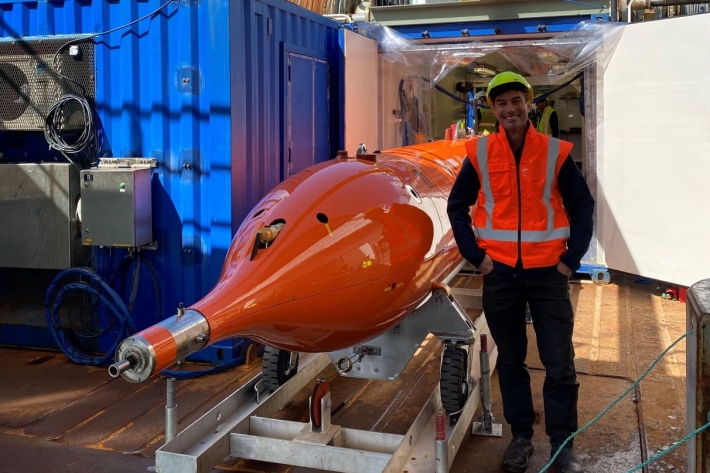
October 2, 2020 - voyage update
Voyage leader Joshu Mountjoy updates us on how the voyage is going so far. -

Rob Christie - Manager of Marine Resources
Eurofleets+ aims at providing, integrating and improving access to key research vessels and associated major equipment. -
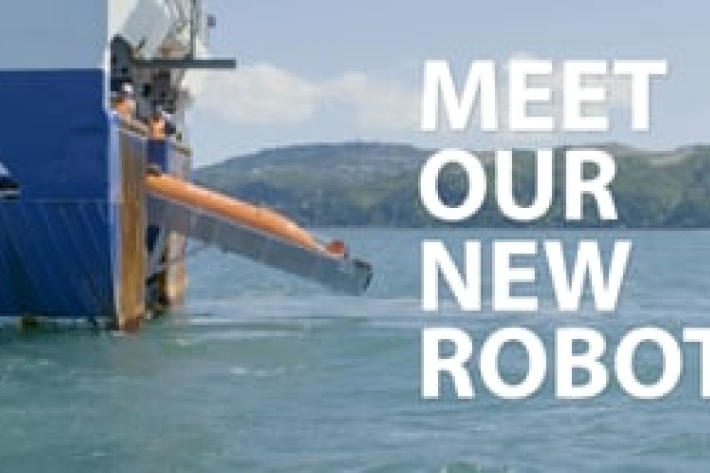
NIWA science: important international collaborations
This campaign brings together two Eurofleets+ Infrastructures, the RV Tangaroa and the autonomous underwater vehicle (AUV) from Sweden’s University of Gothenburg (UGOT). -
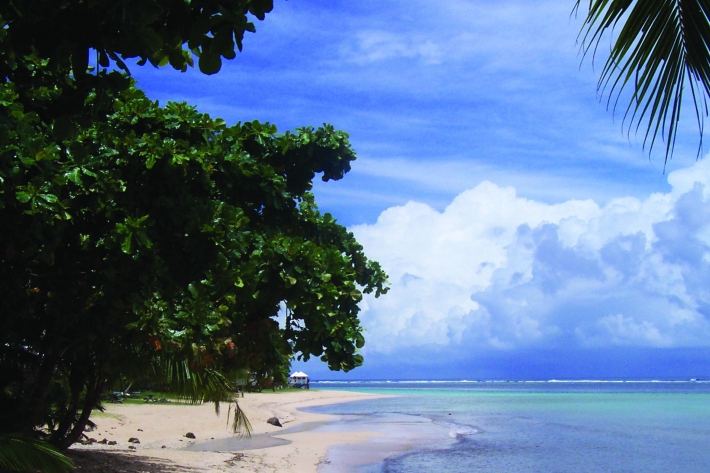
How to be hands-off in a hands-on job
Feature story23 September 2020NIWA environmental monitoring technician Mike O’Driscoll has just installed two water level stations in Samoa and is starting on a third—all from the comfort of his Greymouth office. -

Customised long-range climate outlooks
NIWA's customised long-range climate forecasts can help your business succeed. -
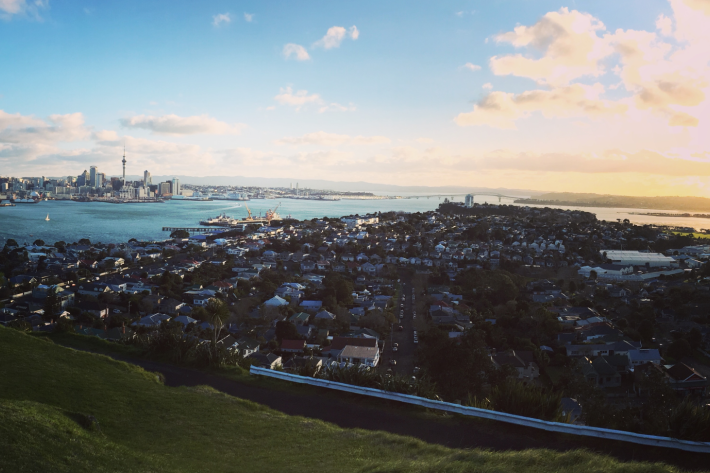
Data visualisation expertise and audiovisual studio
Our expertise in data visualisation and state-of-the-art recording studio help us communicate forecast information in innovative and engaging ways. -

New tsunami monitoring system for Pacific
Feature story22 September 2020A network of state-of-the-art tsunami buoys is being deployed from New Zealand up into the Pacific to keep communities safer. -

NIWA’s Estuarine Trophic Index
Research ProjectConstructed wetlands, detention bunds, woodchip denitrification filters and planted riparian buffers are examples of a growing suite of edge-of-field and farm-scale mitigation systems that are being trialled across rural New Zealand to reduce the impact of diffuse pollution on freshwater quality -

Weather and climate forecasting data services
We can deliver forecasts using API, GIS and web interfaces, all underpinned by our data analytics expertise. -
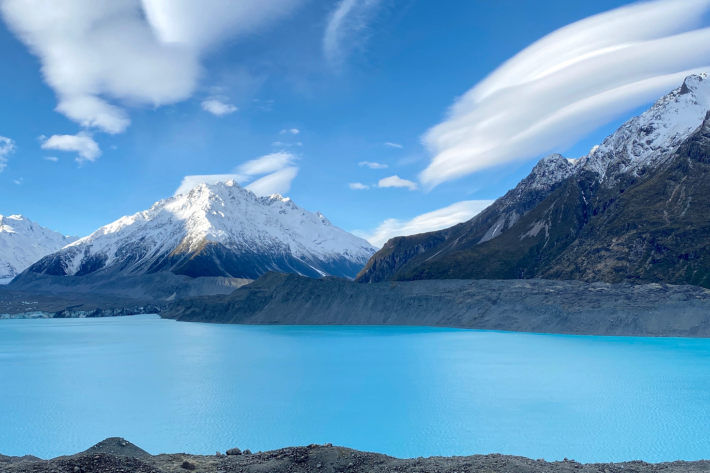
Ways you can access our meteorologists
Specialist services to ensure that one of our experts is available to you anytime, and that we completely understand your requirements to develop bespoke products and services. -
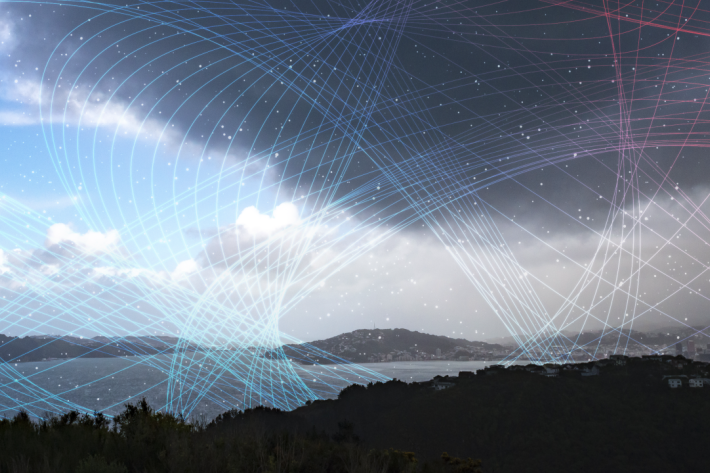
NIWA Forecast: dedicated forecasting software
NIWA Forecast is NIWA’s dedicated environmental forecasting and information software. -
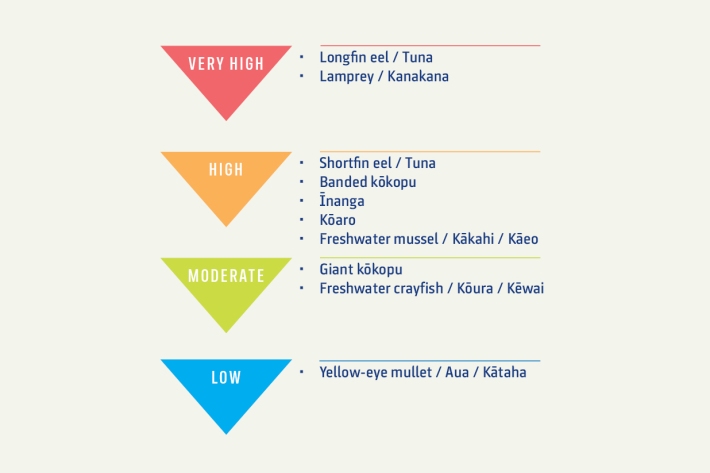
Freshwater species show vulnerability to climate change
Media release15 September 2020A new study has identified seven freshwater species native to Aotearoa-New Zealand that will likely be highly or very highly vulnerable to climate change.
